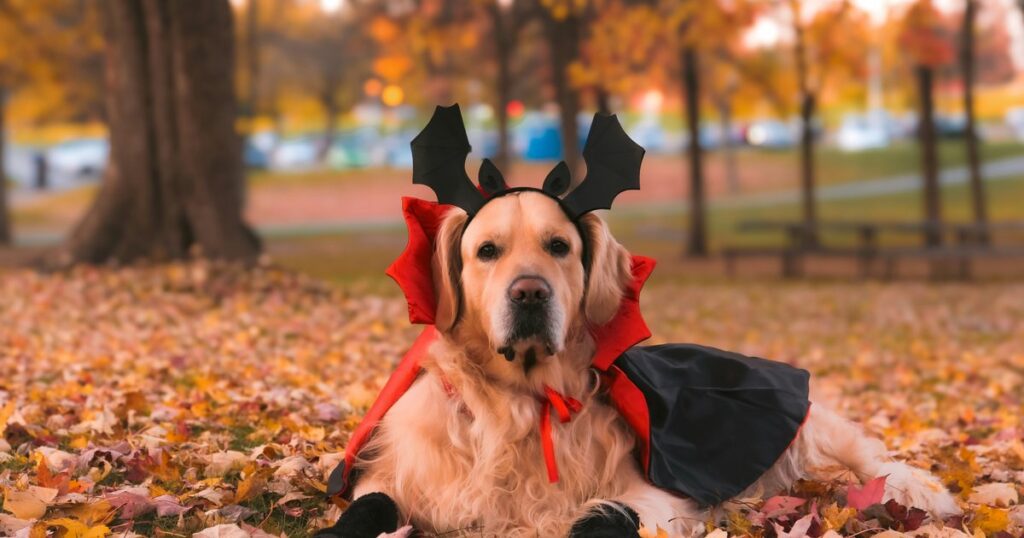Halloween festivities may involve spooky fun for humans, but for dogs and cats it can be just plain scary.
From uncomfortable pet costumes to noisy trick-or-treaters to toxic candy left around, our four-legged friends will face plenty of dangers on October 31st.
MORE: From ‘Abbott Elementary School’ to a girl spider, 5 last-minute Halloween costume ideas with Philadelphia flair
Whether you’re hosting a Halloween party or expecting to hand out lots of candy on Thursday, here are some tips from experts to help keep your furry friends safe.
How to choose a costume for your pet
Dressing your pet in cute costumes may make for a great photo shoot, but it’s important to make sure your pet is safe and comfortable. When planning a costume for your pet, make sure it fits properly and doesn’t restrict the animal’s vision, hearing, movement or breathing, says the American Veterinary Medical Association. Also, be sure to try on the costume beforehand so your pet can get used to it.
The Brandywine Valley SPCA recommends removing chewable parts or objects that could fall from the costume and pose a choking hazard, the local shelter wrote in an Instagram post. The Humane Society of the United States recommends that if your costume includes a mask or hat that fits around the face, leave only that part of the costume on for quick photos to avoid discomfort or danger. said it might be the best. If your pet shows signs of discomfort, such as ears falling down, eyes looking back or to the side, tail curling, or hunching forward, remove the costume.
An important part of your pet’s “costume” is identification information such as a microchip, collar, and ID tag in case it escapes through an open door while trick-or-treaters are coming or going.
Keep pets away from candy
Don’t share candy with your animal friends. Before Halloween and during trick-or-treating, hide leftover candy in a high cabinet with a lock or child-proof latch to keep pets out of reach. Foods such as chocolate, raisins, gum, and the sweetener xylitol can be dangerous to pets. Candy wrappers and plastic packaging should also be kept out of reach of animals. Be sure to warn young children not to share their trick-or-treating spoils with their furry friends.
Along with avoiding candy, you should also keep your pet away from dangerous Halloween decorations and items. Parts of human Halloween costumes, rubber eyeballs, fake spider webs, hanging lights, lit candles, batteries, psyllium, and fake blood are some examples of things that should be kept out of reach. is. The Humane Society suggests creating pet-friendly decorations like a “haunted house” cardboard box for cats, or filling paper bags with treats and toys for a canine version of trick-or-treating. are. Pumpkin is safe for dogs and cats to eat, but eating too much can cause digestive problems, and rotten pumpkin can contain dangerous bacteria.
If your pet has ingested something dangerous, call the 24-hour ASPCA Animal Poison Control Center Hotline at 888-426-4435. You can also call your veterinarian as soon as possible.
How to reduce stress in your pet
The excitement of Halloween night can cause anxiety in pets. To avoid stress for your dog or cat, place your pet in a quiet room or in a crate with treats, toys, and soft music playing in the background. For cats, spraying them with cat pheromone spray can help calm them down. You can also minimize the noise your indoor pet hears by sitting outside and handing out candy to avoid having to knock on the door or ring the doorbell with trick-or-treaters.
Leave your pet at home when you go trick-or-treating. They can easily get excited about all the Halloween activities, but they can also get confused or scared by people wearing masks and costumes.

